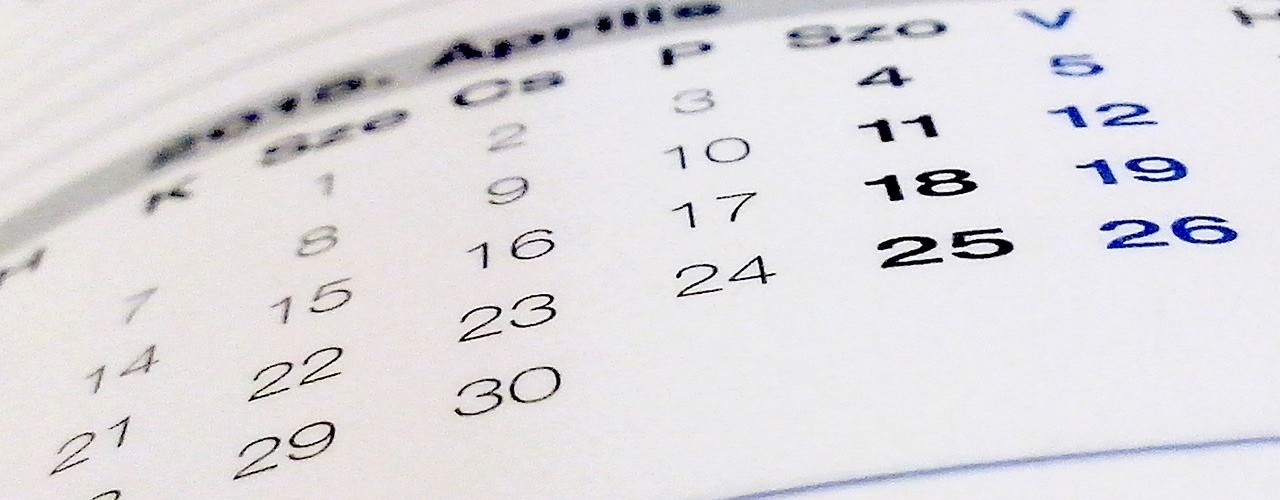Voice Assistants as Diary and Phone Book
DTLab Challenge with the Alzheimer Society Munich

Overview
The Alzheimer Gesellschaft München is an institution for self-help and representation of interests of people with dementia, their relatives and caregivers from their social environment. The joint commitment of relatives, volunteers and representatives of various professional groups supports domestic systems for people with dementia, including outpatient, day-care and inpatient services.
Through the co-creation network M:UniverCity the cooperation with the DTLab was established. On a socio-political level, the Alzheimer Society works for more understanding and helpfulness among the general public and thus contributes to increasing acceptance and integration of people with dementia.
It also applied for people with dementia that technical aids and devices equipped with artificial intelligence, e.g. smartphones and speech recognition systems such as "Alexa", are increasingly finding their ways into their everyday lives. It is therefore important for them to be involved in the development of technology. Only then will devices emerge that will actually benefit them.
Problem
The students of the course "Software Engineering I" asked themselves the following two core questions that their further work was based on:
- Which technical solutions can help people with dementia and/or relatives and professionals?
- Besides risks, does digitalisation also have the potential to support the everyday life of people with dementia, especially in the early stages, so that they can lead a self-determined life for longer?
The potential of the voice-controlled assistance system "Alexa" in the environment of people with dementia was then investigated using prototypical applications.
Approach
With the support of Amazon Web Services, the students went through the innovation process "Working Backwards". Part of the process was an interview with a man affected by dementia, who answered important questions about his life and how he dealt with the disease. The students then entered the information they received into so-called empathy maps, which were then used to illustrate the impact of the disease on those affected and their families.
Because the disease severely limits the memory of those affected, they often ask for the same information repeatedly. This is a burden not only for them but also for their relatives due to the increased time and patience required.
The students therefore tried to find concrete solutions to this problem in the form of Alexa applications. First ideas were collected using the "Crazy-Eight-Ideation"-method. The teams' best ideas were then elaborated in more detail with the help of a fictitious newspaper article ("Press Release") and FAQs (Frequently Asked Questions). The solutions developed for this problem rely on the advantage of the voice assistant to be able to answer questions in equal detail and patiently again and again. In the prototype phase the prototype was then documented and implemented according to Scrum.
An additional advantage of the voice assistant is its availability on demand, which enables those affected to repeatedly retrieve information provided by contact persons and thus possibly also to alleviate loneliness to a certain extent. Of course, the information provided by the voice assistant can also be set directly by the person concerned. This way the assistant would have the function of a diary and could, if desired, remind the user of past experiences.
Prototypes
The prototypes of the four teams can be found on Amazon.de. They are currently in the beta testing phase. As soon as the applications are released, they can be activated and tested via the "Skills" section of the website.
Next steps
The chairman of the Alzheimer Society, Peter Sprenger, reported on the prototypes created at the board meeting in February 2020. The Alzheimer Society is now trying to apply for financial support to further develop one of the applications created.
Lecturer: Prof. Dr. Gudrun Socher
Date: 16.01.2020
Documents
A selection of the documents created by the students during the challenge can be found here: